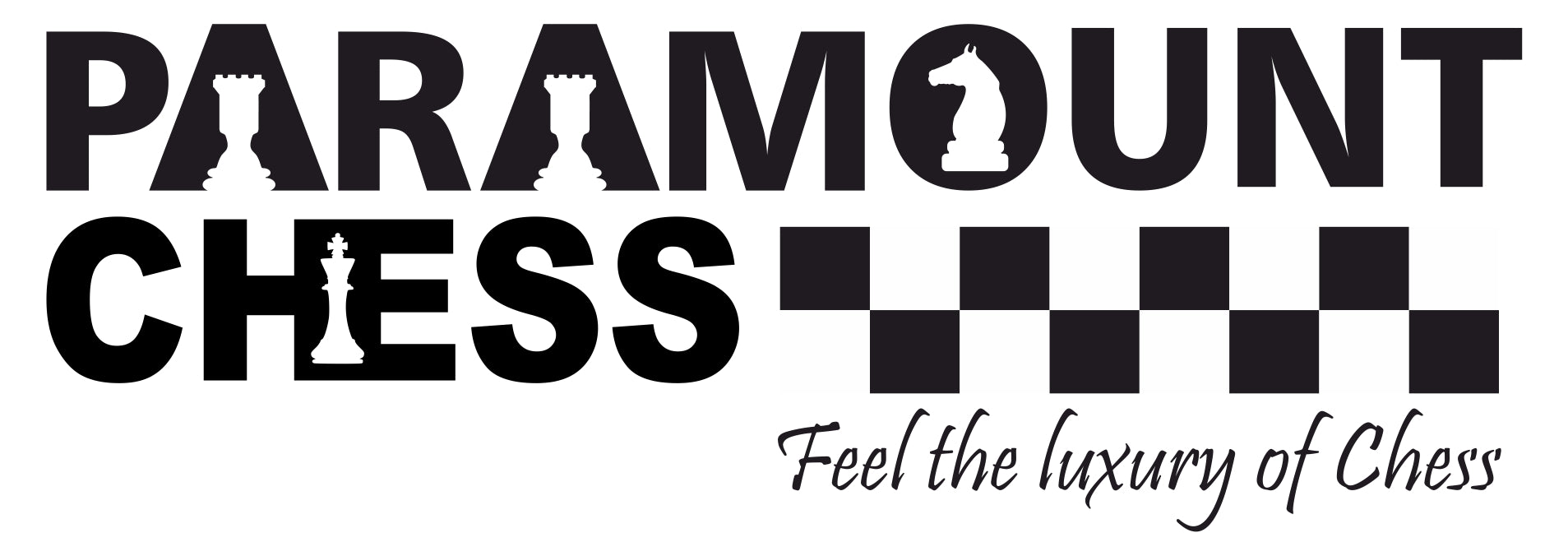
The Slav Defence is one of the best defences to the Queen’s Gambit. It was analyzed as far back as 1590 but only came into play in the 1920s. Many grandmasters of Slavic descent helped research and analyze the Slav Defence extensively. For this reason it is known as the Slav Defence. Most notably, Vladimir Kramnik used the Slav Defence in the 2006 World Championships. Today, the Slav defence contains ample theory and heavy analysis. The Encyclopedia of Chess Openings (ECO) classifies this opening from the categories of D10 to D19.

The Slav Defence involves supporting the d5 pawn with the c6 pawn. In case an exchange takes place, black is able to recapture the white pawn using the c6 pawn. In doing this, black is able to maintain a strong presence in the center of the board. Further, this also avoids blocking the light squared bishop that is common among many openings.
Pros and Cons of the Slav Defence
Some of the advantages of the Slav Defence are:
- The black bishop on c8 is not blocked by any pawn chains. This means it can move about swiftly to the center of the board to start an attack
- From the very beginning, black maintains a strong presence in the center of the board. This is true in terms of material as well as strategic positions.
- If white chooses to avoid capturing the d5 pawn, black now has the chance of capturing the c4 pawn
Some of the disadvantages of the Slav Defence are:
- Any move involving fortifying the center using pawns will result in a lack of pace for black. This can be overcome by involving the major pieces as soon as possible
- If black decides to play c5, it will result in a loss of a move for black
- If white does not go for the exchange, the c6 pawn would be stuck in place. This would hinder the development of the black Knight

The moves involved in this opening are:
- d4 d5
- c4 c6
The Slav Defence is one of the most successful openings in chess databases. Moreover, playing this opening gives rise to natural and conventional play. It is also one of the best answers to the Queen’s Gambit.
.
Now is a good time to review the all important chess notations to have a better understanding of the variations below. Check out our article on chess notations here:
.
Let us look at some of the variations of the Slav Defence
Exchange Variation
The Exchange variation involves white capturing the black pawn on d5. White gives up its space advantage and opts for a wholly symmetrical position. It does not lead to very exciting lines as a result of this.

The moves involved in the Exchange variation are:
- d4 d5
- c4 c6
- cxd5
However, black can offset this symmetrical fight that white has opted for which is common for lower ranked players.
Semi Slav Variation
The Semi Slav is one of the most solid variations of the Slav Defence. The main idea behind this is to fortify the center of the board using the pawns. Black does this by forming a triangle among the e6, d5 and c6 pawns. This arrangement gives black a very stable central structure because the d5 pawn cannot be easily attacked. This may give black an advantage in the long run.

The moves involved in the Semi Slav Variation are:
- d4 d5
- c4 c6
- Nf3 Nf6
- Nc3 e6
Some of the good moves for white in this situation are to pin the black knight. It can accomplish this by moving the bishop to g5. In addition to this, white must begin attacking the kingside using its major pieces. One way of doing this is to bring the Queen to c2 and then moving the light squared bishop to d3. This way, these pieces will constantly be eyeing blacks f7 pawn.
Chebaneko Slav Variation
The Chebaneko Slav is perhaps the most aggressive variation of the Slav Defence. It is great for players who like to salvage a win in the opening itself. The main idea for black here is to go behind the Queenside and penetrate it before white can develop its pieces. This approach mounts immense pressure on white.

The moves involved in the Chebaneko Slav Variation are:
- d4 d5
- c4 c6
- Nf3 Nf6
- Nc3 a6
The best moves for white would involve developing the Queenside and creating space. This has to be done urgently before black begins attacking it. White can move the c5 pawn ahead and create ample space on the Queenside. White may add support to the c5 pawn using a c4 c3 pawn chain.
Further Reading 1: https://thechessworld.com/articles/openings/the-slav-defense/
Further Reading 2: https://www.thechesswebsite.com/slav-defense/




